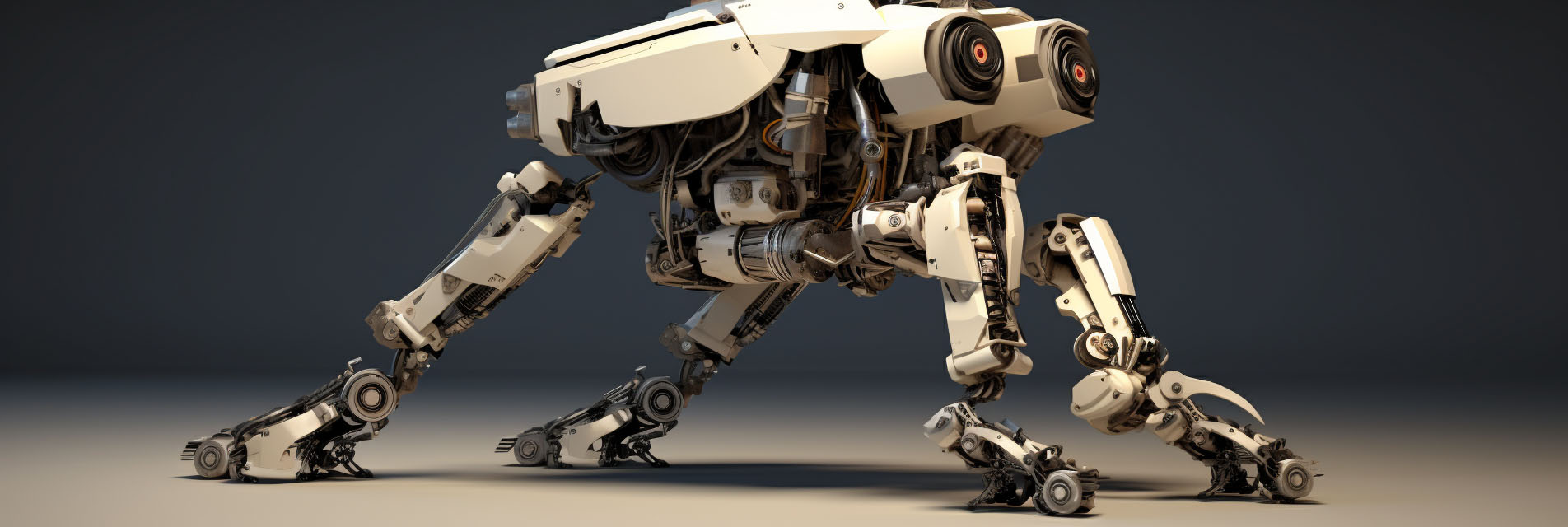Autonomous robot

An autonomous robot is a machine capable of performing tasks in the world independently, without explicit human control. These robots are designed to sense their environment, make decisions based on what they sense, and then act upon those decisions. They combine hardware components like sensors, actuators, and power supplies with software algorithms to create a system that can operate without human intervention.
The level of autonomy can vary among robots. Some may require initial setup or occasional human guidance, while others can operate entirely on their own. The key to autonomy is the robot's ability to perceive its environment, which it does through various types of sensors such as cameras, LIDAR, microphones, and touch sensors. These sensors feed data into a control system, typically a computer running specialized software, which interprets the data and makes decisions.
Autonomous robots are used in a wide range of applications and environments. In manufacturing, they can carry out repetitive tasks with high precision and speed. In healthcare, they can assist in surgeries or deliver medication in hospitals. Autonomous drones are used for aerial photography, surveillance, and even package delivery. In agriculture, autonomous machines can perform tasks like planting, watering, and harvesting crops. Self-driving cars are perhaps one of the most talked-about applications of autonomous robots, with the potential to revolutionize transportation.
The development of autonomous robots involves multiple disciplines, including mechanical engineering, computer science, artificial intelligence, and control theory. One of the main challenges is creating robots that can adapt to unpredictable environments and handle unexpected situations. This often involves the use of machine learning algorithms that allow the robot to learn from its experiences and improve its performance over time.
Ethical and safety considerations are also important when developing and deploying autonomous robots. For example, self-driving cars must be able to make split-second decisions that prioritize the safety of passengers, pedestrians, and other drivers. In healthcare or elder care, the robot must be reliable and secure to ensure patient well-being.
An autonomous robot is a machine designed to operate independently, without human intervention, by sensing its environment, making decisions, and taking actions based on those decisions. These robots are used in a wide range of applications, from manufacturing and healthcare to transportation and agriculture. The development of autonomous robots is a multidisciplinary effort that involves various engineering and computer science disciplines, and it raises important ethical and safety considerations.